Text

Calling all writers, poets, comics-creators, and artists! We are now accepting submissions to The Green Light Journal! Send us your work👉 [email protected]
#creativewriting
#poetry
#nonfictionwriting
#shortstories
#art
#graphicdesign
1 note
·
View note
Text
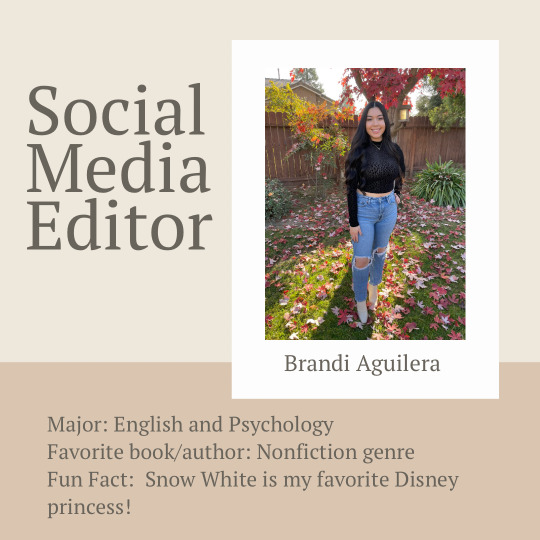



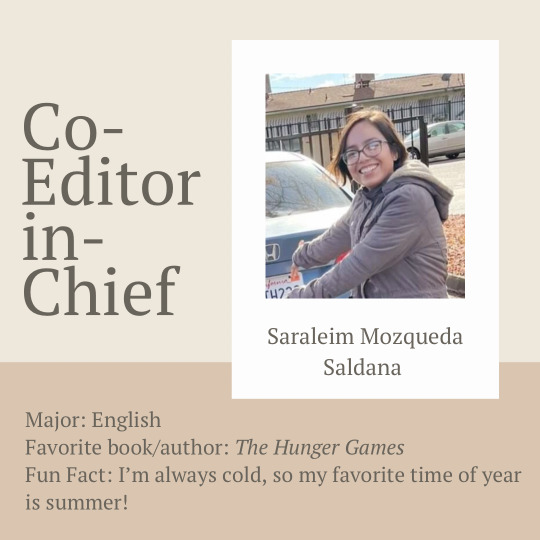
MEET OUR TEAM 👋
The editorial board for the 2023-2024 Green Light journal consists of 5 editors this year.
Co-Editors in-Chief: Lauren Lee and Saraleim Mozqueda Saldana
Layout Editor: Gabby Gutierrez
Copyeditor & Submissions Editor: Jasmine Sirvent
Social Media Editor: Brandi Aguilera
1 note
·
View note
Text
Refrigerator Magnet Poetry Creations
For Volume 7 of our journal, we hosted a Refrigerator Magnet Poetry Contest. Check out all of the entries we received here: https://sites.google.com/view/poetrycontest2023/home
Thank you to everyone who entered, and congratulations to Brooke Barham for winning the contest!
1 note
·
View note
Text
Submission Guidelines & Process
Interested in submitting? Send all work to [email protected]!
We currently accept poetry, fiction, creative nonfiction, and artwork, but we are willing to consider other forms of creativity as well. However, we ask that rejected past submissions are not submitted again unless invited to do so by the editorial staff. We ask that submissions refrain from gratuitous language, graphic content, and/or glorified substance abuse. We recommend that prose be kept under 3,500 words (slightly longer works can be negotiated). Once a submission is received, it will go through an anonymous review process by a board of student readers, and you will be notified if it has been accepted for publication in the spring!
1 note
·
View note
Photo
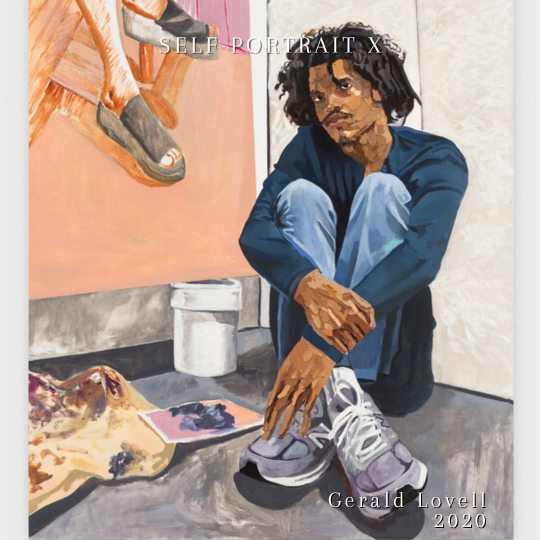
For our final installment of our #blackhistorymonth series, we are sharing Gerald Lovell's Self Portrait X, oil on panel. Lovel is a self-taught artist and has developed a unique style that is a mix of impasto and surrealism. This portrait comes from Lovell's "all that I have" series, which is also Lovell's first solo exhibition in the PPOW contemporary art gallery in New York City. If you'd like to view the rest of Lovell's series, visit ppowgallery.com. https://www.instagram.com/p/CLu27HWg4TC/?igshid=1grbz2jsp1x8f
0 notes
Photo
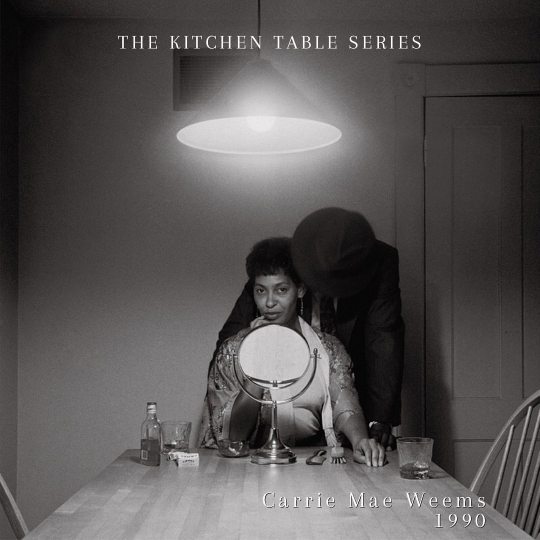
Today we are sharing the first three photos from Carrie Mae Weems' photographic project The Kitchen Table Series. Born April 20, 1953, Weems has become a major contemporary artist who works with multiple mediums, including fabrics, audio, video, and photography. Weems was launched into prominence after the release of The Kitchen Table Series, which depicts the intimate story of a woman's life from the kitchen table. If you'd like to view the rest of the series, visit carriemaeweems.net. https://www.instagram.com/p/CLpbDeHARkL/?igshid=140z04dae1qnl
0 notes
Photo

Today's excerpt comes from Ntozake Shange, an American playwright and poety who lived from 1948-2018. Shange is well-known for her groundbreaking play "For Colored Girls Who Have Considered Suicide / When the Rainbow Is Enuf," a musical made up of poetic monologues and for which Shange was awarded the Obie Award. https://www.instagram.com/p/CLfPrwNAyoM/?igshid=1vzz4mhm14yyc
0 notes
Photo

Today we are sharing an excerpt from Danez Smith's poem "dear white america," which exploded into a viral sensation after his performance of the poem at the 2014 Rustbelt Regional Poetry Festival. Smith is a Black, Queer, Poz writer and performer from St. Paul, Minnesota and is the youngest winner of the Forward Prize for Poetry. If you'd like to support this artist, you can purchase their published poetry collections through http://www.danezsmithpoet.com/. https://www.instagram.com/p/CLXuLJFAjp9/?igshid=1vmq2lhgh3yss
0 notes
Photo

Born January 15, 1971, Regina King is a renowned actress and director. King has been awarded an Academy Award, Golden Globe Award, and four Primetime Emmy Awards. King's latest work, One Night in Miami, depicts a fictionalized meeting between Cassius Clay, Jim Brown, Sam Cooke, and Malcom X, in which they discuss the responsibility of being successful black men during the civil rights movement. If you'd like to watch this movie, you can stream it now on Amazon with an Amazon Prime subscription. https://www.instagram.com/p/CLKoLUwABhK/?igshid=1911ocw1h8gs2
0 notes
Photo
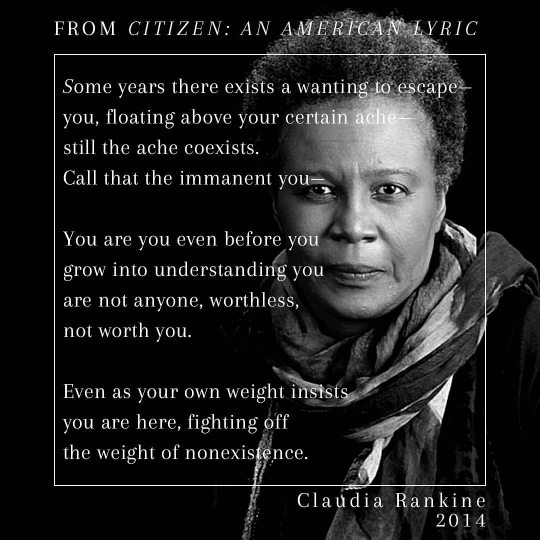
Continuing with our celebration of #blackhistorymonth, today we are highlighting Claudia Rankine! Born January 1, 1963, Rankine has received numerous awards and honors for her poetry and currently teaches as the Frederick Iseman Professor of Poetry at Yale University. This excerpt comes from Rankine's book-length poem Citizen: An American Lyric, which was ranked as a New York Times Bestseller in 2015 and won multiple awards. If you'd like to support this artist and read the rest of this poem, you can purchase Citizen (or any of her other poetry collections) at claudiarankine.com. https://www.instagram.com/p/CK2FgUUAbcJ/?igshid=dshb6n58rgj5
0 notes
Photo

In celebration of #blackhistorymonth, The Green Light will be highlighting contemporary Black artists all month long! Today we're sharing an excerpt from Donte Collin's poem "what the dead know by heart." Born May 4, 1996, Collins received the 2016 Most Promising Young Poet Award from the Academy of American poets for "what the dead know by heart." If you'd like to support this artist and read the rest of this poem, you can purchase their published poetry collection "Autopsy." Visit dontecollins.com to learn more. https://www.instagram.com/p/CKxE0rOgvQt/?igshid=1bzhjppjrn7lj
0 notes
Photo

Today we are highlighting one of our visual artists! This artwork was created by Hannah Hinson (BA '20 Graphic Design) and is featured in the third volume of The Green Light. If you'd like to see more art produced by FPU students, check out volumes 3 and 4 on our website! Link in bio. https://www.instagram.com/p/CH0zhQ8g7H9/?igshid=1r4hupzkod1xt
0 notes
Photo
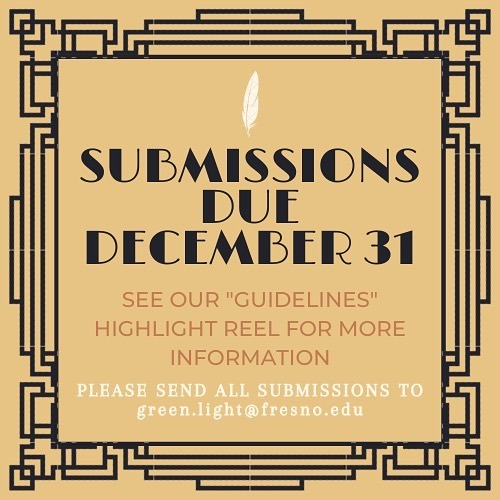
Don't forget—the deadline to submit your writing or artwork to The Green Light is December 31! As much as we admire the art of procrastination, we highly encourage everyone to submit early. #fpugreenlight #fpu #fresnopacificuniversity #fresnopacific https://www.instagram.com/p/CHiyWEHAX4o/?igshid=zjijcviv6d9h
0 notes
Photo
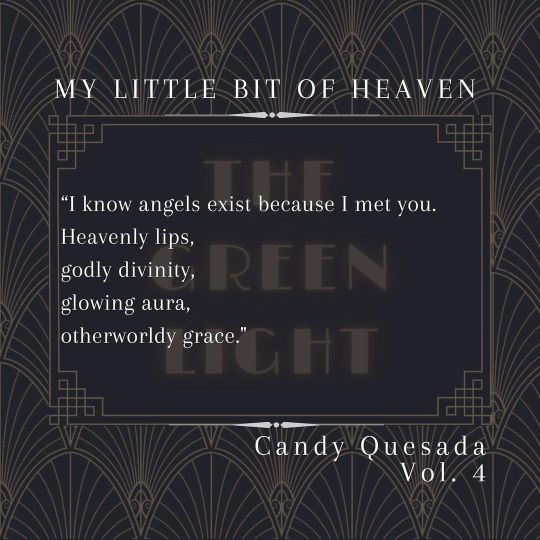
This is an excerpt from a poem written by Candy Quesada, a senior English major. If you'd like to read the rest of this poem, check it out in the fourth volume of The Green Light on fpugreenlight.tumblr.com or by clicking the link in our bio. #fpugreenlight #fpu #fresnopacificuniversity #fresnopacific https://www.instagram.com/p/CHd1ySSAcbH/?igshid=voxdecw83w2a
0 notes
Photo
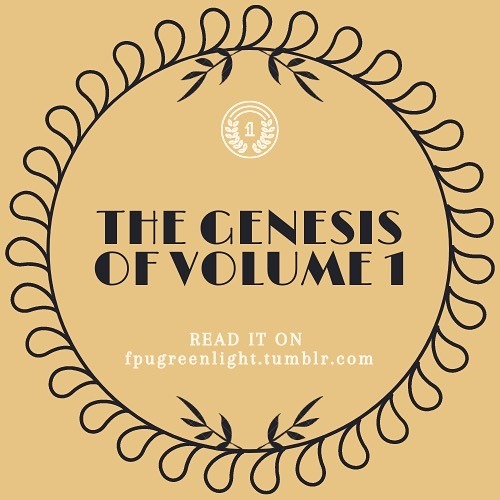
Over the past few years, the first volume of The Green Light had faded from public eye. Recently, however, our editorial team has not only been fortunate enough to bring Volume 1 back to the public, but also learn about the beginnings of our beloved journal. Visit fpugreenlight.tumblr.com or click on the link in our bio to read an exclusive interview with The Green Light co-founders and FPU alumnae Eleanor-Prudence Nielsen and Laurel Samuelson. #fpugreenlight #fpu #fresnopacific #fresnopacificuniversity https://www.instagram.com/p/CHQ22r8Ab2j/?igshid=18js597lti945
0 notes
Text
The Genesis of Volume 1
The Green Light was a bit of a mystery when I joined.
In the fall of 2018, Taylor Benton, then-product editor and current editor-in-chief, approached me with the invitation to join a reading board for FPU’s student-run literary journal. I didn’t even know what a literary journal was at the time, much less The Green Light. Intrigued to learn more about this anomaly, I agreed.
I have worked on The Green Light every year since and have become rather intimate with the inner workings of the journal. Yet one thing has remained a mystery throughout these years: the first volume.
When I updated the website this year, The Green Light faculty advisor Dr. Daniel Larson provided me with PDF copies of the previous volumes—except for Volume 1. The Green Light had started before Dan was at FPU, when it had been overseen by Dr. Adam Schrag, who now works at the University of Minnesota. It was unlikely that Adam would have a PDF copy of Volume 1 that I could upload to the website.
I was discontented knowing that we not only had an incomplete set of volumes, but also that we were missing the original volume—the one that started it all. I had never even seen the first volume, nor had any of my fellow editors. Fortunately, I got in contact with one of the co-founders of The Green Light: Laurel Samuelson, who told me that Hiebert Library had a copy of the first volume in the archives. I retrieved the sole copy of Volume 1 and scanned it into a PDF.
Samuelson also connected me with the other co-founder Eleanor-Prudence Nielsen, and I interviewed them regarding the beginnings of The Green Light and the production of the first volume.
“I happened to be eating lunch with Elle [Eleanor-Prudence] when Dr. Adam Schrag (now at the University of Minnesota) approached us about submitting a proposal. Adam was also the faculty advisor for The Syrinx at the time, so he was already a huge support for student voices and knew what the publishing process entailed. Having heard a rumor about Elle’s plans for the journal, Adam took the initiative to start advising the project and roped me in since I also happened to be at the table. . . . Thus, Elle and I became the co-founders and co-editors of the journal,” Samuelson wrote.
Nielsen and Samuelson started The Green Light with hopes of creating a lasting space for the FPU community to test the waters of publication. “Apparently FPU had had a few other literary journals in the past, but they had petered out. This time around, we hoped the publication would gain traction as a valuable space for community expression which could be sustained by the students who came after us,” Samuelson stated.
The iconic name of the journal perfectly matched the spirit of its founding. “We mulled over so many different ideas . . . but The Green Light really stuck,” Nielsen wrote. “Many of us, at the time, and most of us probably still, wanted at least some kind of career in or around writing, creative writing. And I couldn’t help but get The Great Gatsby out of my head. In The Great Gatsby the green light across the bay represents desire, it represents a want so proud it hurts. I suggested it because of that reason. I want to be a successful writer so bad it hurts,” Nielsen wrote. Samuelson added: “When we were coming up with a name we settled on “green light” because 1) it was a highly accessible literary reference and 2) it’s a broadly recognized sign for ‘go!’ which was the entire point of the project. We were hoping that the accessibility of The Green Light would encourage artists from the entire community to share their work, especially those who felt discouraged or excluded from literary participation by their field or experience.”
The Green Light began as a small project published through The Syrinx. Samuelson stated that “for all intents and purposes it was a literary free-for-all.” Nielsen and Samuelson garnered interest in the journal through flyers posted around campus, advertisements on The Back Page of The Syrinx and word-of-mouth. Soon various authors—including Nielsen and Samuelson themselves—began sending submissions to The Green Light.
The next step was devising a method to choose which submissions would be published. Nielsen explained that she and Samuelson hoped to create a way “to whittle submissions down to publications in a way that felt fair and still gave Laurel and I a chance to see our work published.” They decided to assemble an anonymous reading board: “A panel of faculty and students read each work without getting to know who wrote each piece. Then, with their judgements, we curated the selected pieces,” Nielson explained. The review board turned out to work too well. Samuelson noted: “At the time the selection board was not very balanced. We got a little too worried about wanting to be taken seriously and while there were two students represented, only one of them was not at all related to English or the Humanities. The rest of the board was associated with the English department, which may be why the selection process was actually very harsh for that first issue . . . I feel a bit like we failed the audience we were trying to reach.”
They then set to work creating the final product. “Formatting was a nightmare and took a very long time, especially since at that point neither one of us had used InDesign before,” Samuelson wrote. Nielsen mirrored this sentiment: “I remember sitting up really late one night, Laurel in the basement of my dorm room on the computer doing InDesign edits, and formatting for hours.”
When the final product was printed, Nielsen and Samuelson hustled to disperse the first volume to the FPU community. Samuelson wrote: “We did not have a very formal distribution process, so we just sort of handed the journals out to all the people who had submitted as well as the selection board and then scattered the rest about campus with the newsstands. . . .”
Samuelson reflected on the aftermath of the creation of the first volume:
“We had talked about a sort of publication event, but we were so dead by the end of it that we couldn’t plan anything. It so happens that 2015-16 was also an exceptionally difficult year for many in the FPU community, so even though we were happy to have the journal finished it was sadly anticlimactic and overshadowed by its circumstances. I think what I felt was a strange mix of disbelief, sorrow and peace. That’s a strange way to feel when viewing the fruit of your (extensive, untrained) labor, but it was the only way I really could feel about it. That journal was really, really difficult to put together—and it seemed almost more difficult to get anyone to pay attention to it who wasn’t already obliged to do so by association. The end product felt less like a huge institutional triumph and more like the premature birth of a quiet, malnourished infant. The labor was hard and I was pretty depressed afterward, but the product was also unbelievably touching and precious.
The first volume ends with a short story by Quaid Ens that I thought was really beautiful. It’s called ‘The Steadfast Green Army Man,’ and it narrates the rejection of a freshman who has to decide to forgive the young woman who wreaked havoc on his heart even as she lives on in ignorance of what she has done to him. I sort of felt that same way about the journal. It was actually pretty hard to say yes to it again after the first year, but it got easier as we gained more support.
This publication was really hard to build. We had a lot of support and have been blessed by the many talented students who have not only sustained but expanded its purpose, but the network of empathy The Green Light creates was and is hard-won; but it was hard won for the sake of loving its community. I hope FPU will reciprocate by continuing to support and contribute to the journal. The purpose of The Green Light is to continually invite the reader to feel a right to artistry and, further, to act upon it. The space has been maintained, so I hope FPU’s community will continue to answer the call, to follow the sign and to give its members permission to begin.”
In a different sentiment, Nielsen reflected: “Overall the first edition was a wonderful experience and if I’m being honest it makes me really sad that I haven't been able to be part of it since. I'm glad to hear it's still going.”
The Green Light is coming up on its fifth rotation of publication and has grown significantly since its conception in the autumn of 2015. Though the look and feel of the journal morphs each year, one unifying thread remains constant: the celebration of artists in our community.
Kassandra Klein
Communications Editor
0 notes
